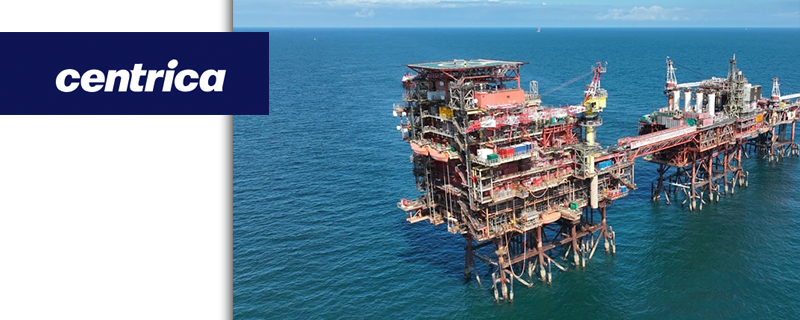The UK’s Floating Energy Relic
Twenty miles off the Yorkshire coast, organized into a vast L-shape in the North Sea, is the U.K.’s biggest offshore gas storage facility.
You can reach it only by helicopter — and not at all when the weather is bad. Its three platforms, each fixed to the seabed, stretch over hundreds of meters and are navigated via narrow walkways. Grates expose the stormy waters below.
This is Rough, managed by the energy giant Centrica, the company which owns British Gas. The rig is four decades old, already running around 15 years beyond its planned sell-by-date. What happens to it next gets to the heart of the U.K.’s sweeping climate ambitions.
The British government has promised to remove gas almost entirely from the British power grid by 2030, swapping in green electricity sources like wind and solar. That means assets like Rough, which have been serving the U.K.’s dirtier energy needs since the days of Margaret Thatcher, have started to resemble relics from a fast-disappearing age — even if its owners spy a chance at rebirth.
“This platform’s served its purpose,” admitted Martin Scargill, managing director of Centrica Storage.
The company reckons it has a solution: A multi-billion pound pivot from gas to hydrogen, shifting from storing a planet-polluting fossil fuel to a source of clean energy.
But their plan is not without controversy among climate experts. And it all hinges on major help from politicians in Westminster.
A North Sea safety net
For now, Rough is still where the U.K. tries to stave off the threat each winter of fuel shortages and blackouts.
Called on for emergency supplies when all other energy sources are running short, it is gas stored under the sea at Rough — originating in the U.K., Europe and elsewhere in the world — that keeps the lights on in homes across the country.
“We’ve got a massive sponge underneath the seabed,” explained Scargill. “You can pump it up to enormously high pressures … and the gas will sit there under very high pressure. You can hold an awful lot of gas volume in that rock structure. And it’s a field that’s never been replicated in terms of its ability to store.”
Then-Prime Minister Rishi Sunak and his Energy Secretary Claire Coutinho visited before the U.K.’s election wiped out the Tories. Kwasi Kwarteng, when he was energy secretary, came to see it, too. Current PM Keir Starmer was supposed to chopper in earlier this year — but his plans were scuppered by poor weather.
Starmer, for all his green ambitions, still sees a role for gas in the energy mix. The 2030 plan will keep approximately five percent gas as a reserve in case of crises.
The whole issue has had added urgency since Russia weaponized oil and gas supplies in 2022.
Rough, denied government subsidies by then Prime Minister Theresa May in 2017, wound down to become a distribution hub, with plans to restore storage capacity in an emergency. When Putin delivered that emergency, Kwarteng scrambled to negotiate Rough’s partial reopening and claw back U.K. energy security.
That storage is now at 40 percent. Rough is home to 54 billion cubic feet of gas, equivalent to about six days’ use in the U.K. At its 1990s peak, it stored over 150 billion cubic feet.
Source: Polictico









Leave a Reply
Want to join the discussion?Feel free to contribute!